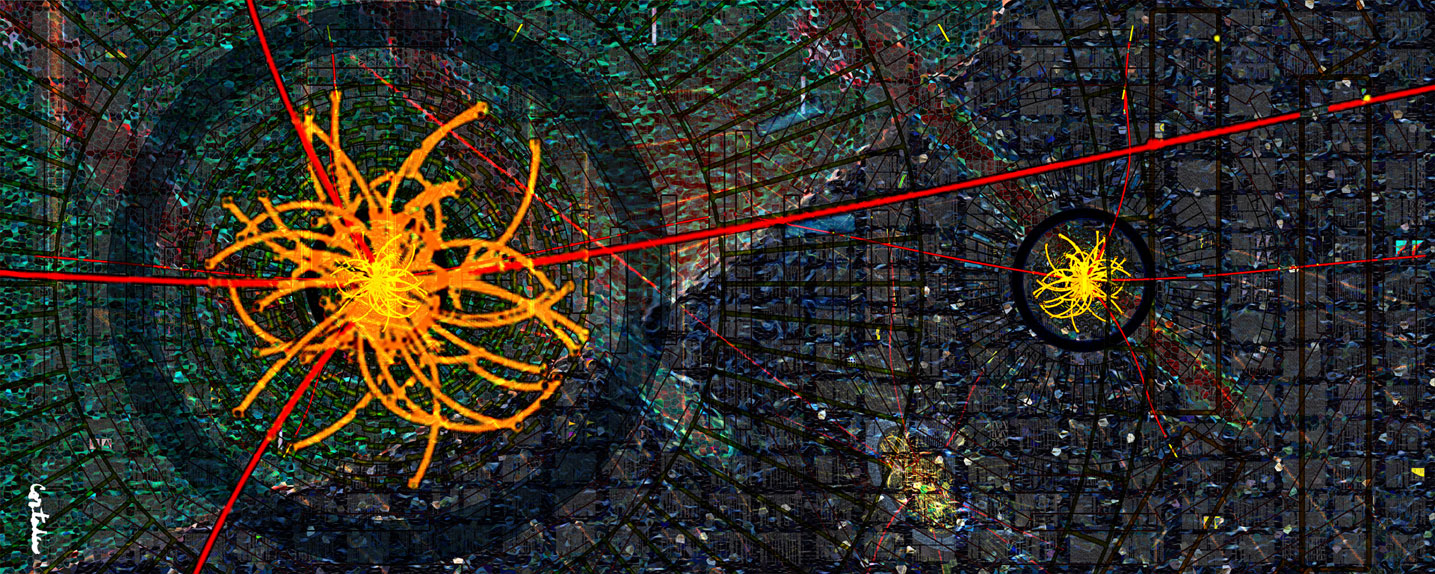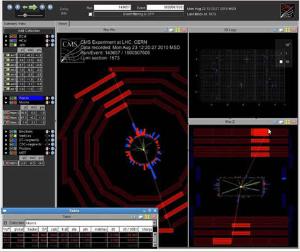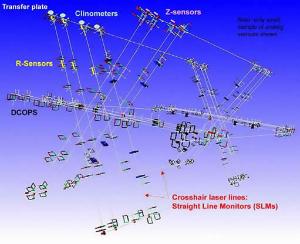Z' Search
Many theoretical models for new physics predict the existence of extremely short-lived particles called "resonances". One of these particles, called a Z' ("Z prime") boson, is of particular interest to us. We were involved in the search for this new boson in the dimuon channel in Run 1 at the CMS experiment. Neutral Z' gauge vector bosons are expected to appear at a mass scale on the order of one to several TeV/c2. Such Z' bosons are expected to couple with electroweak strength to Standard Model fermions (quarks and leptons) and would be observed at the LHC as narrow resonances in the dimuon mass spectrum.
An event display of two opposite-signed muons from proton proton collision at 7 TeV center-of-mass energy
Muon Endcap Alignment
We developed calibration hardware for the alignment of the Endcap Muon Chambers and calibrated over 400 alignment sensors for the EMU system. The endcap alignment system monitors the positions of a subset of the Cathode Strip Chambers (CSCs) in the two muon endcaps (ME). We had responsibility for producing alignment constants for the endcap chamber using data recorded with the system.
L3 Experiment
Florida Tech was a main contributor to physics analyses on photon-photon collisions recorded by the L3 experiment at LEP2, which had been studying e+e- collisions up to center-of-mass energies of 209 GeV. Florida Tech group members were involved in the experiment as early as 1987 participating in the building and operation of the detector as well as data analysis. Using single-tag events, two Ph.D. theses significantly extended the x and Q2 ranges, as well as the precision for the measurement of the leptonic and hadronic photon structure function.
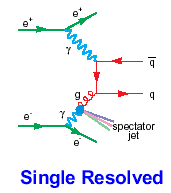
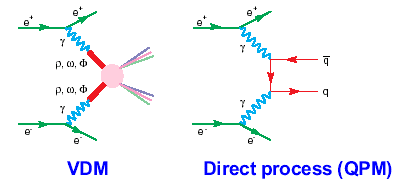
Single-tag analysis of the e+e---> e+e-hadrons deep inelastic scattering reaction: Feynman diagrams showing contributions to the total e+e- cross section.

 Give to Florida Tech
Give to Florida Tech 